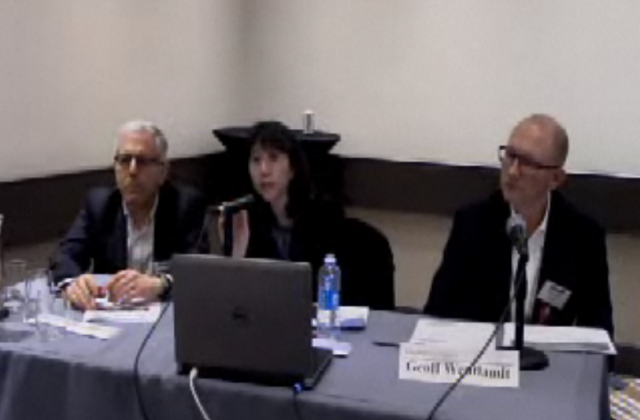City Knows MIZ Will Raise All Housing Prices
It’s something I’ve been saying for a long time: Mandatory Inclusionary Zoning (MIZ) will raise the price of housing overall. Why? Because when you fee and tax the production of housing, even when you loosen the production limits, it will take longer and cost more to produce new housing. How do those extra costs get rationalized? By raising the price of the product. And here’s the thing, the City staff working on building the scheme out and implementing it agrees with me. Here’s Geoff Wentlandt talking about how MIZ works at a legal seminar earlier this year :
How would [paying fees] not increase the rate of the, increase the price of the market rate units on that development. And that’s a great question. And it is, um, a trade off and I think part of the policy and it may be the case that the market rate units have to, to some extent subsidize the inclusion of the affordable units and that it is a valid way to view the program. But uh, the proposal and the fees that are being proposed and set are such that we feel pretty confident that development will still be feasible and we would work with the development community that we wouldn’t be over impacting feasibility (the full exchange is in this video starting at about 49:45).
To be fair, the question Wentlandt was answering was, “What happens if a developer doesn’t build to the new zoning limit allowed by MIZ, and still has to pay the fee? Doesn’t that extra cost get made up by raising the rents?”
Wentlandt could argue that his formula of value exchange depends on developers taking advantage of the additional Floor Area Ratio (FAR) or height. Why wouldn’t they after all, since the extra FAR can be rented and generate revenue to offset the fee or lost rents from inclusion?
That’s true as far as it goes. But that scenario depends on a perfect value exchange, in other words, the costs, risks, and lost revenue from fees or lost rent are offset by the upside of additional units priced exactly like every other unit in the building. However, this means that in every project in town from a duplex in the LR-1 zone all the way to a mid-rise apartment in a NC zone will have just the right fee and performance set in code. It would be a one size fits all proposition. What Wentlandt would likely admit, is that this simply won’t be the case. There will be times where the balance might tip either way, with the FAR grant not being worth the additional risk and costs — or worth more.
And I’m not the only one who has noticed that passing and implementing MIZ will raise prices. Here’ testimony from Matt Hutchins who came to these conclusions on his own when part of a City run focus group on MIZ:
In looking at the housing prototypes under the new MHA program, I was struck by how out of balance the proposed lowrise FAR bonus is relative to the MHA burden.
For example, one small project shown was 8 units before and 8 after MHA because the FAR bonus was too small to create an extra unit. The performance option was infeasible.
Meanwhile, Its MHA payment was a quarter million dollars, due in a lump sum at the time of permit
That payment will reappear in the form of:
1-higher rent. In our example, about $360-400 per month per unit — (if you could finance the MHA fee. (6.5%, 10 years))
2-higher purchase prices
3-Less new housing
4-and most likely–very, very little new affordable housing units built in LR zoning (emphasis is mine).
Hutchins nails it. Why are we doing this again?
Additionally, the amendment added by Councilmember Herbold actually calls for higher fees in areas deemed “at risk for displacement.” I’ll write more about that later, but already the City Council is improvising on the framework it plans to pass next week, adding more costs on the development side. I continue to be amazed and how much time and effort has been put into the MIZ scheme — a program that is going to make housing more expensive. As I have said, we’ll be looking back on this years from now with regret. It’s not to late to stop this before it gets even worse.


